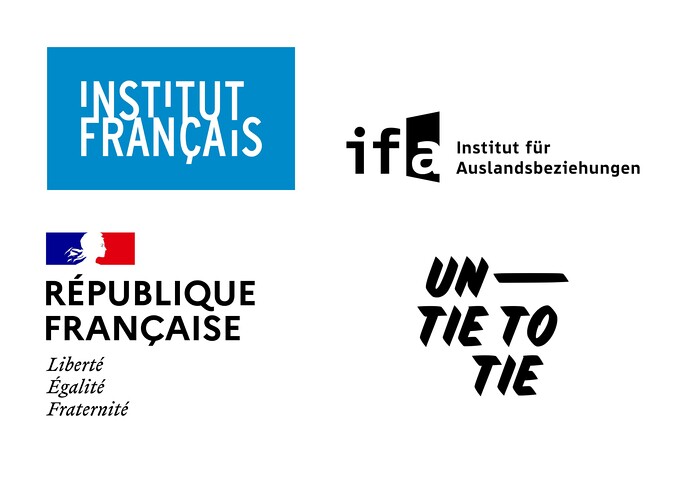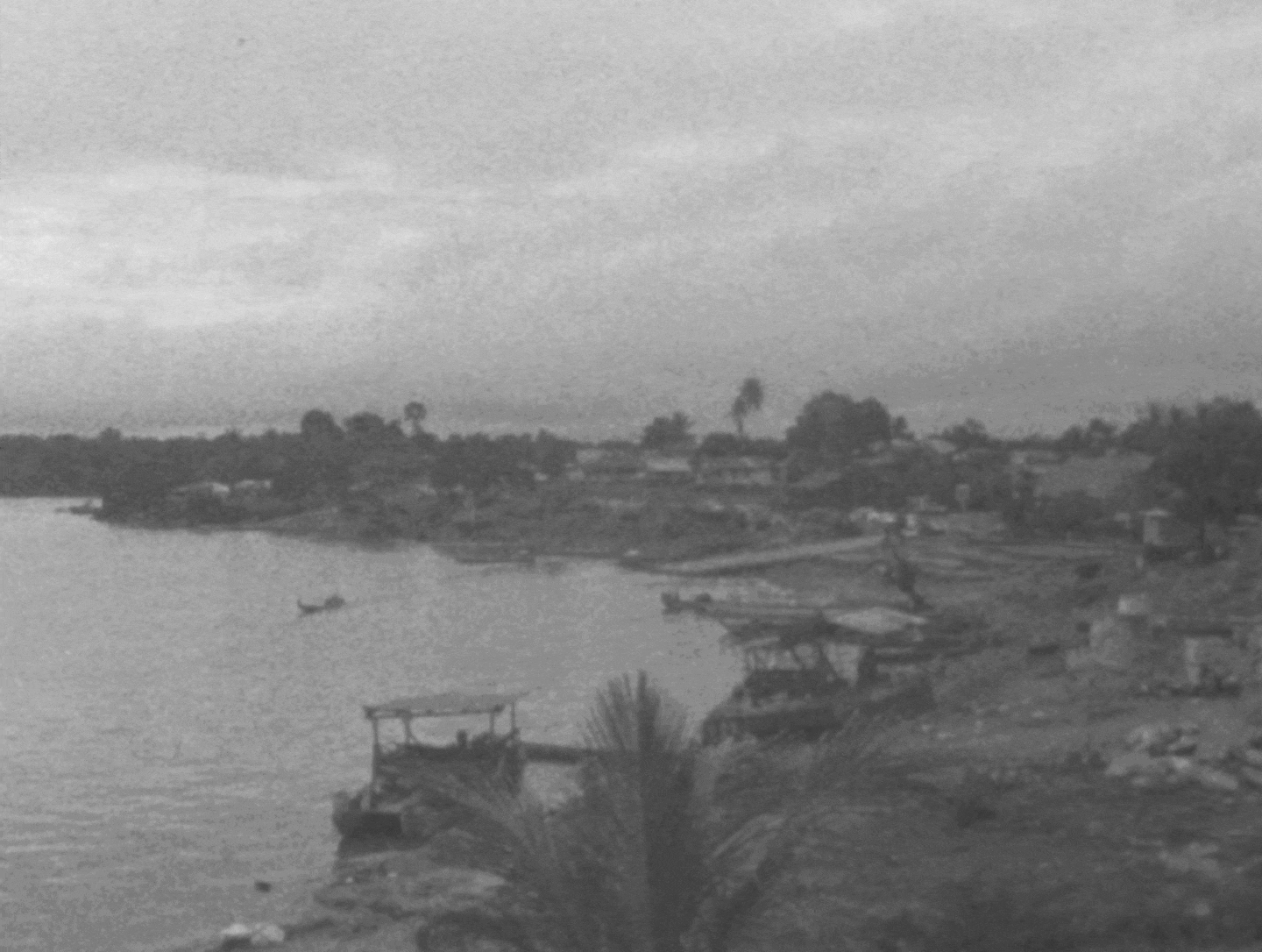Gods Moving in Places—The Day Reader
March 25–May 29, 2022
Linienstraße 139/140
10115 Berlin
Germany
Hours: Tuesday–Sunday 2–6pm,
Thursday 2–8pm
T +49 30 28449110
ifa-galerie-berlin@ifa.de
Mathieu Kleyebe Abonnenc’s work intertwines his own personal history with the collective history of the Guianas, which is deeply rooted in the forests of the Amazon Basin. He reads this landscape like an archive, one marked by exploration, exploitation, rupture and loss. For many years, Abonnenc’s research has focused on the literature of the Guyanese author Wilson Harris (1921–2018), whose ecological and decolonial vision provides the lens through which the works in the exhibition are expanded and reconfigured. In his writings, Harris establishes a connection between the psyche and the landscape, drawing from an Amerindian cosmology founded on the interconnectedness of all beings, places and times. Seen from this perspective, the rainforest becomes a realm of infinite possibilities for reshaping a postcolonial psyche. The landscapes evoked in the films, drawings, sculptures and photographs of the exhibition embody this potential and are thus fertile grounds for imaginable pasts and futures. The extensive floor piece made of burnt wood, An Outpost of Progress (2008/2022), references the age-old agricultural technique of slash-and-burn farming called abbatis, in which small sections of forest are burnt in order to fertilise the ground and enable the planting of crops such as manioc. This installation forms the basis for an intricate mesh of research, facts, narration and sensual experience, aiming to productively inhabit the space of colonial trauma. Abonnenc’s filmic works in the exhibition emerge from this ground, unfurling into a meditation on the recent history of a region of so-called French Guiana.
With The Night Readers (2018), Abonnenc revisits the Surinamese Interior War, which took place along the Maroni river from 1986 to 1992. Drawing on the archives of the French public broadcaster RFO Guyane, the film recounts the clashes between the forces of the Surinamese dictator Dési Bouterse and the Jungle Commando of his former bodyguard, Ronnie Brunswijk. The film also tells the story of the material and human devastation suffered by the civil population and of the incomplete representation of the conflict shown on the French television channel.
Wacapou, a Prologue or A Room in my Mother’s house (2018) tells a different story of the Maroni River and the communities that lived there, but it is more intimately connected to the artist’s life. The small village of Wacapou is located on the right bank as one heads down the Lawa River. Further downstream, this river flows into the Maroni River. The Lawa and Maroni Rivers form French Guiana’s natural border with Suriname to the west. In 1984, Abonnenc’s mother bought a small house in Wacapou from a former gold miner from Saint Lucia. It is the only house she ever owned. Following the outbreak of civil war in Suriname, it became less and less feasible for her to go there. The film can be seen as an introduction to an ongoing project in which Abonnenc tries to read the landscape as an archive, enabling readers to tell the story of the upper Maroni River, the past and present communities of Creole gold miners and the environmental impact of a post-slavery economy.
Abonnenc’s practice, which incorporates work as an artist, researcher and curator, is committed to exploring topics neglected by colonial and postcolonial history. His works have been exhibited internationally, recent solo exhibitions include: The Music of Living Landscapes, Kestner Gesellschaft, Hannover, Germany (2022), The Palace of the Peacock, Musée dart contemporain de la Haute-Vienne – Château de Rochechouart, France (2018), Concerning Solitude, Fundación Jumex, Mexico City (2018). From 2016 to 2017 he was a resident at the French Academy in Rome – Villa Medici (Italy) and in 2019 he was a guest artist at the DAAD Berlin. Abonnenc is a PhD candidate at l’École doctorale Esthétique, sciences et technologies des arts (EDESTA) at Université Paris 8.
The exhibition is developed in collaboration with Lea Altner, Inka Gressel and Susanne Weiß.


